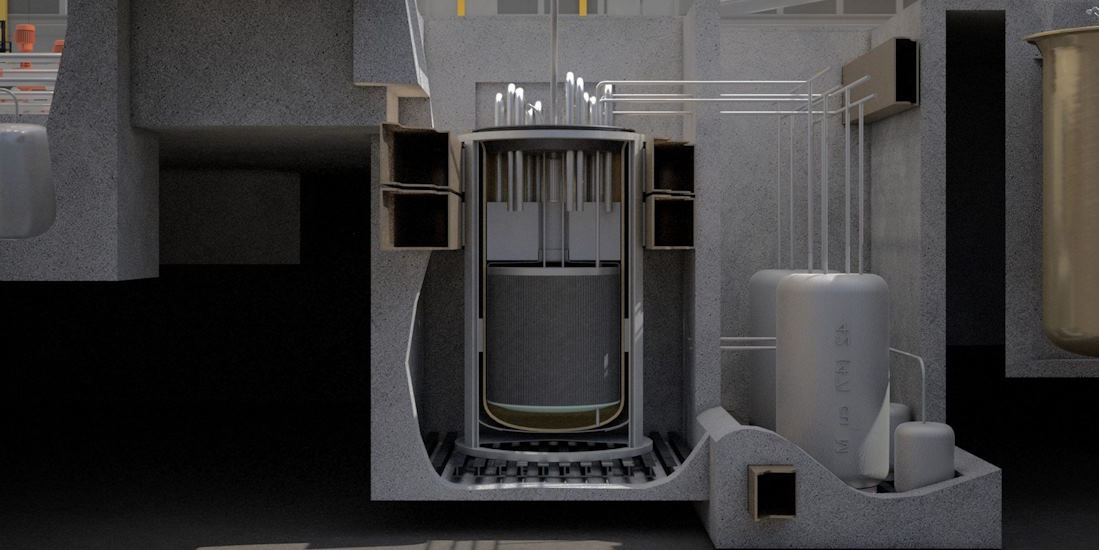In the quest for clean, reliable, and sustainable energy sources, Small Modular Reactors (SMRs) have emerged as a promising solution, gaining popularity in nuclear power generation. These compact and versatile reactors offer a range of benefits that make them attractive alternatives to traditional large-scale nuclear reactors.
What is a small modular reactor (SMR), and how does it work?
SMRs are compact and modular nuclear reactors that offer a simplified design compared to traditional large-scale reactors. They come in various types, including pressurized water reactors (PWRs), advanced reactors, and molten salt reactors.
SMRs generate electricity by harnessing the heat from nuclear fission reactions in the reactor core. This heat is transferred to a coolant, such as water or liquid salt, which then drives a turbine connected to a generator, producing electricity.
SMRs are designed with enhanced safety features, can be manufactured off-site, and offer flexibility in deployment, making them a promising option for clean and reliable power generation.
What are the benefits of small modular reactors?
Enhanced Safety
SMRs incorporate advanced safety features and passive cooling systems, making them inherently safe. Their smaller size and reduced inventory of radioactive materials contribute to improved safety performance and easier management of potential accidents.

Cost-Effectiveness
SMRs offer potential cost advantages due to their modular design and simplified construction. They can be manufactured in factories and transported to the site, reducing construction time and costs. Their smaller scale also allows for easier financing, minimizing financial risks associated with large-scale projects.
Flexibility and Scalability
SMRs provide flexibility in deployment, allowing for both grid-connected and off-grid applications. Their modular nature enables the deployment of multiple units, allowing for incremental capacity additions as needed.
Integration with Renewables
SMRs can complement intermittent renewable energy sources by providing baseload power and grid stability. Their flexibility allows integration with renewable technologies, facilitating a more reliable and balanced energy mix. This combination supports the transition to a low-carbon and sustainable energy future.
Reduced Environmental Impact
SMRs produce low-carbon electricity and have a smaller environmental footprint than fossil fuel-based power generation. They contribute to reducing greenhouse gas emissions, helping mitigate climate change. Some advanced SMR designs also have the potential to consume nuclear waste, further reducing the environmental impact of nuclear energy.
Where do people use small modular reactors?
SMRs are used for electricity generation in remote areas, island communities, and industries with high energy demands. They are integrated into hybrid energy systems, provide heat for district heating, facilitate water desalination, and serve as replacements for aging reactors. SMRs offer flexible and sustainable power generation solutions for diverse applications.
